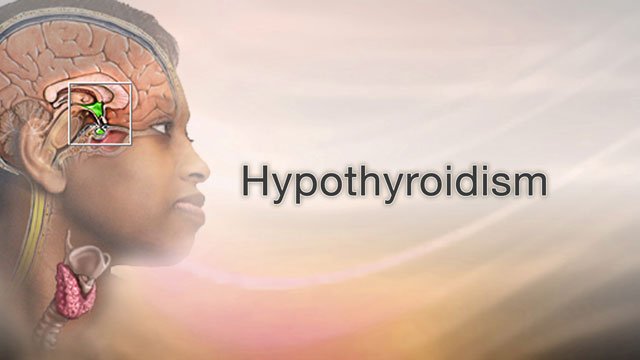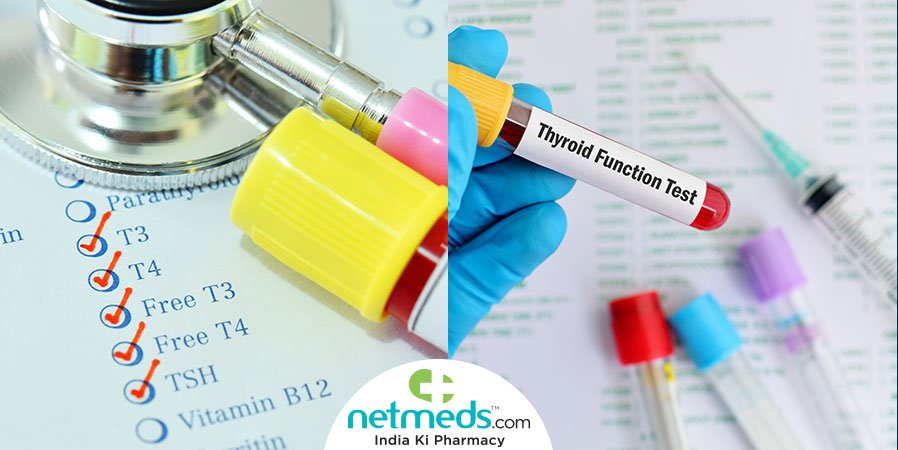
Central hypothyroidism
Central hypothyroidism is rare and affects both sexes equally. It is more often associated with pituitary than hypothalamic disorders but frequently involves both.22 Biochemically, central hypothyroidism is defined by low or low-to-normal TSH concentrations and a disproportionately low concentration of free thyroxine. Occasionally, TSH concentration is mildly elevated, probably because of decreased bioactivity.46 Over half of central hypothyroidism cases are caused by pituitary adenomas.22 Other causes of central hypothyroidism include pituitary or hypothalamic dysfunction due to head trauma, pituitary apoplexy, Sheehan’s syndrome, surgery, radiotherapy, genetic, and infiltrative disease. Several drugs are known to affect the hypothalamic–pituitary–thyroid axis (panel).47,48
Peripheral hypothyroidism
Consumptive hypothyroidism is caused by aberrant expression of the deiodinase 3 enzyme (which inactivates thyroid hormone) in tumour tissues. Although very rare, such overexpression can induce severe hypothyroidism. Elevated concentration of deiodinase 3 was first described in a newborn baby with infantile hepatic haemangiomatosis, but can also occur in patients with vascular and fibrotic tumours and gastrointestinal stromal tumours.49 Patients with rare genetic syndromes that lead to a reduced sensitivity to thyroid hormone (panel) usually have normal TSH concentrations, but can also present with tissue-specific hypothyroidism.50
source:www.ncbi.nlm.nih.gov
RELATED POSTS
View all



